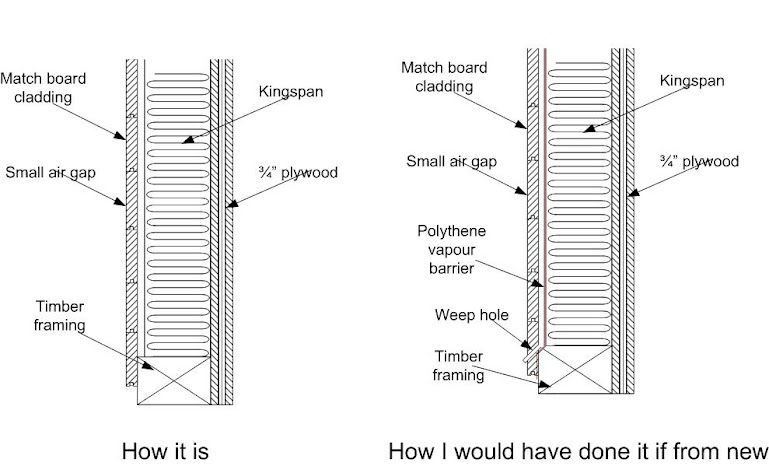Dissolve
Established Member
Hello,
my workshop is a fully insulated outside building with double glazed windows/doors, so it currently serves as a fridge as well as a workshop!
I'm trying to keep the humidity around 50-55% as ill be working with thin boards prone to warping. I have a humidifier for the warmer months but trying to find a decent heating solution for my 3x4m workshop.
What types of heaters are safe around fine dust? I've found decent oil radiators but wasn't sure if a convection heater might be better?
Thanks
my workshop is a fully insulated outside building with double glazed windows/doors, so it currently serves as a fridge as well as a workshop!
I'm trying to keep the humidity around 50-55% as ill be working with thin boards prone to warping. I have a humidifier for the warmer months but trying to find a decent heating solution for my 3x4m workshop.
What types of heaters are safe around fine dust? I've found decent oil radiators but wasn't sure if a convection heater might be better?
Thanks



































